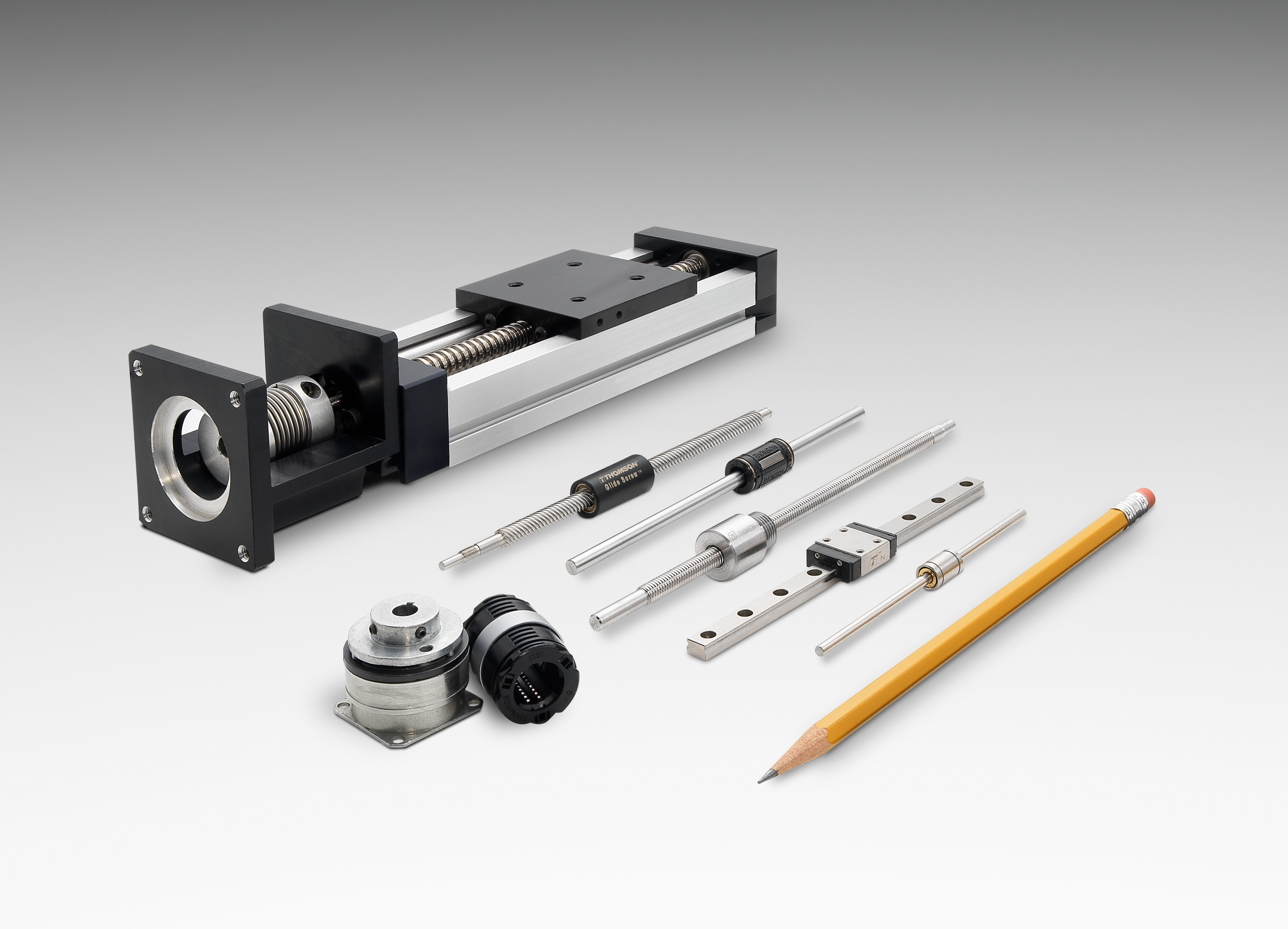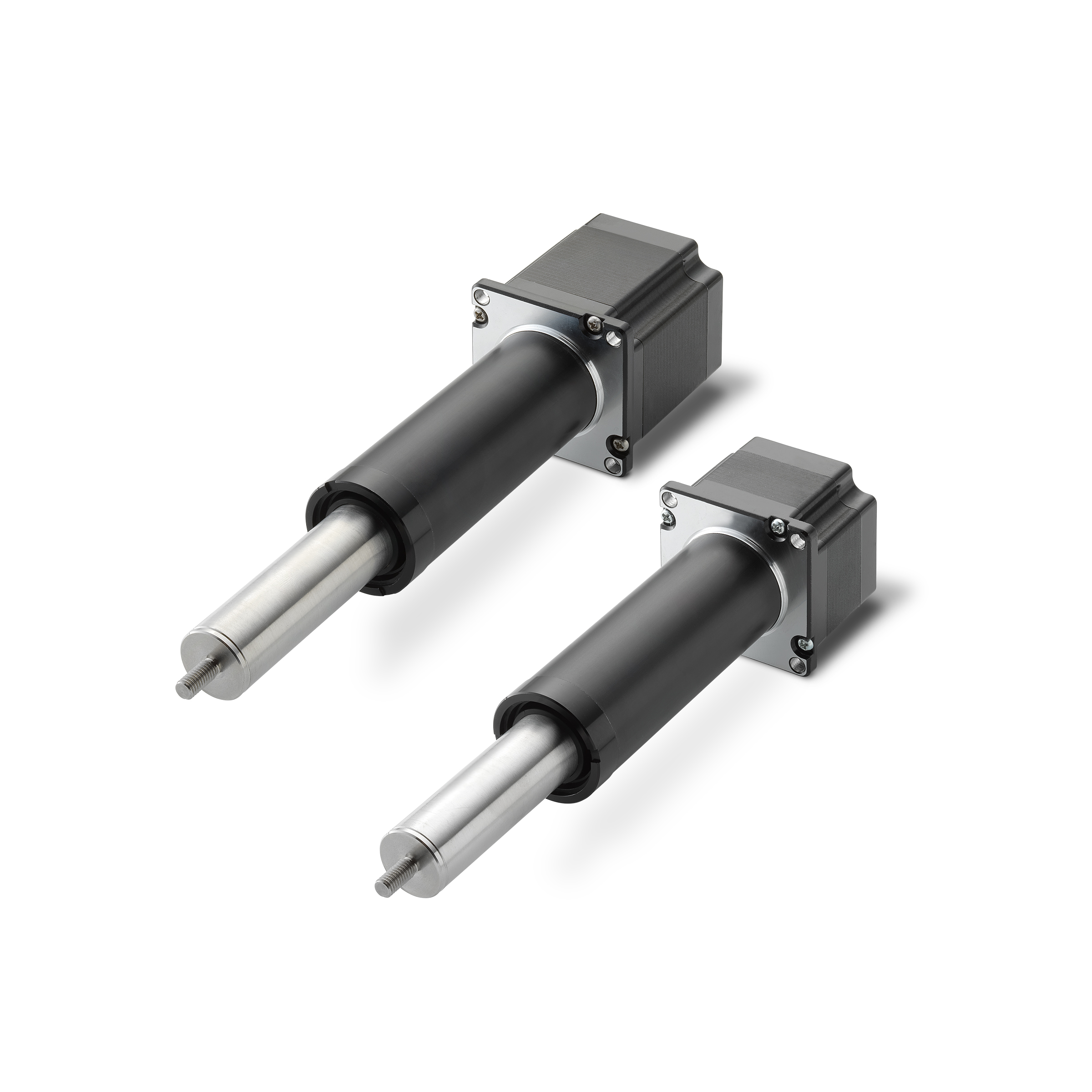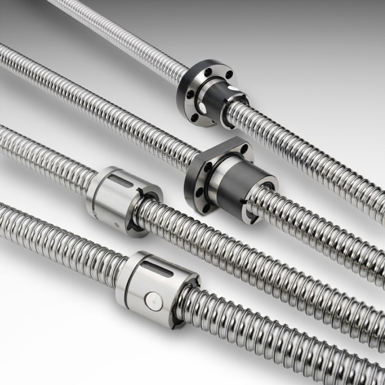From benchtop laboratory automation to plant floor material handling to heavy duty construction vehicles, motion control system users are under constant pressure to differentiate in an increasingly commoditised marketplace. Many are looking to their control component vendors for help. They are saying they need more functionality in less space. They need to deliver prototypes and products faster than ever. They want maximum control and flexibility over price points and need everything to work together seamlessly. The motion control industry has evolved in response to such requests and is committed to delivering new capabilities to help them add value continuously. Here are five current commercial challenges in which motion control innovation can make a difference.
1. Meeting the demand for smaller products - Small system designers want to go even smaller. They strive for systems that are more compact, easier to carry and store. Many of their customers want to move analytical or monitoring instruments closer to the point of use, making things more convenient for health professionals as well as patients. This is a perfect example where manufacturing technology has enabled miniature linear motion components to be produced more efficiently to meet the needs of these machines.
Those designing factory systems want to help customers make better use of limited floor space or present a cleaner, more open workspace. Even makers of larger equipment -- like agricultural combines -- may want more efficient use of space so they can incorporate technology that improves operating efficiency or safety, or offer other benefits that might differentiate them in their markets.


Design engineers are now looking for smaller components that are convenient to store and more efficient, like miniature ball screws and motorised linear actuators. (image courtesy of Thomson Industries, Inc.)
In the interest of meeting these space requirements, manufacturing technology improvements have allowed for smaller products to be produced more efficiently, enabling design engineers to incorporate more functionality into smaller form factors. Miniature ball screws, motorised linear actuators, motorised lead screws and linear bearings are increasingly being chosen for use in smaller-scale applications. In addition, electromechanical actuators have become more capable of replacing the pumps, compressors, delivery systems, and other space-consuming technology essential for hydraulic and pneumatic actuation.
Embedding electronics into motion control products such as smart linear actuators makes for an even more space-friendly solution by supporting network communications, position monitoring and other functionalities that previously required external devices. Internal electronics also eliminate complex wiring, which is prone to forming bulky, unsightly clusters. These latest actuators now connect to power sources and communications networks with just a few wires.
2. Faster prototyping – As competitive pressures mount, demand for faster delivery of more personalised equipment heightens. Effective prototyping is important to many solutions as designers typically must try various component options before settling on the one that best suits their application. Advanced modelling technology, such as 3-D metal-based printers and simulation software, gives designers more flexibility and greater speed, but this enhanced modelling capability also puts the motion control components on the critical path. Whereas designers in the past may have been comfortable waiting six to eight weeks for a component, today they might need it in days.
This need for speed is driving changes at the component manufacturing level. Some manufacturers reengineered processes to be able to offer next-day turnaround on one-off items for prototyping use. Some are increasing their inventory of the components most often in demand in prototyping initiatives. The distribution channels are also getting involved, increasing their stocking of inventory for components commonly used in prototyping.

Profile rails are one of the components in high demand for prototyping use by design engineers. (image courtesy of Thomson Industries, Inc.)
3. Holistic component selection and integration- Critical to increasing time to market is selecting the right components and integrating them optimally for maximum accuracy, precision, straightness, noise level and other performance characteristics. The challenge is that motion control optimisation is complex. Although there are many system designers with the expertise necessary for selecting motion control products, many of them are closer to retirement than college. Replacing them will not be easy - partially because there are limited schools that train motion control engineers. Recruits are typically from either electrical or mechanical engineering disciplines. Their motion control expertise must be nurtured on the job.
Less experienced design engineers might know what kind of speed or straightness they need but may not be familiar with the capability of their motion control components to meet their requirements. Someone designing a patient table, for example, may know the decibel level they must achieve for compliance with industry standards or regulations but may not know how their choice of ball screw would affect the noise level or even the “quality” of noise. The electrical engineer may come at it from the electrical perspective and the mechanical engineer from a more physical perspective, but neither may have enough experience to appreciate the subtle interactions of all components. To compensate for such, designers may over-design, specifying more capability than may be required and then optimising on the bench. However, this can unnecessarily increase time to market and production costs.

Selecting the right components is very crucial for a design engineers. For example, there are various types/sizes of ball screws and each one can affect the noise level in a different way. (image courtesy of Thomson Industries, Inc.)
The increasing importance of holistic system design, combined with the shortage of motion control experts, is all the more reason to involve motion control vendors early in the process. They have more experience with impact of integration in multiple applications and, if consulted up front, can save significant time and money. For engineers who prefer to go it on their own, however, some vendors are now offering assistance via online configuration tools. Thomson Industries, for example, offers an online tool that, based on its years of experience in designing motion control systems, can help reduce optimal product selection from hours to minutes. This can be found at www.linearmotioneering.com. Design engineers can now select the most suitable product for their application from Thomson’s growing collection of online tools, which contain different product families from linear actuators to ball/lead screws and gearheads.
4. Balancing component cost with total cost of ownership - Although machine designers want to have the highest quality components for their systems, they don't necessarily want parts that will outlive the machine. Putting a motion control component that is designed to last 20 years into a system that may be obsolete in five years does not make good business or engineering sense. As the component market matures, designers who take the time to shop can find a product that suits their needs and their budget, but using proper judgment in such cases requires a greater understanding of motion control systems - not less.
A designer driven only by economics is more likely to under-design rather than over-design. Although testing will tell them whether their design will meet the required specifications in the near term, they typically cannot test for the full life of all components and will implement a shortened test procedure. This will not always provide enough data to differentiate a higher quality motion control component from a lower cost/inferior designed product, which no one discovers until they encounter problems down the road.

To avoid under-designing or system problems, engineers will need to collect appropriate data that separate quality motion control components from inferior products. (image courtesy of Thomson Industries, Inc.)
There are, however, many applications in which total cost of ownership can be a deciding factor. An equipment manufacturer that sells many products to the rental market, for example, may have more appreciation of the value of total cost of ownership over the long term. If purchase price were the sole factor, they might opt for a pneumatic or hydraulic actuator solution over an intelligent electromechanical solution.
But when other factors such as reliability, uptime, footprint and maintenance are figured in, the electromechanical solution has much greater benefit.
5. Continuously adding product value - Probably the greatest commercial challenge OEMs face is one they share with the component manufacturer: understanding what the market will buy and how to differentiate in delivering it. Many motion control users are looking to the increased capabilities offered by connected products that share data in the cloud as a promising opportunity for strategic differentiation.
One major medical device manufacturer, for example, has put industrial internet of things (IIoT) at the center of its business strategy. The system records data on machine performance, the status of its components and system errors detected. In conventional systems, using this data required a trained technician to tap into the machine, read the log files and manually schedule maintenance repair based on parts that need to be ordered. With their connected machines, those log files are securely uploaded for analysis and planning from just about any location.
The motion control industry is going down this avenue as well, gearing up to help such companies integrate motion technology into their connected solutions. Toward this end, motion control vendors have added -- and are continuously improving -- the onboard intelligence of components, giving them the computational capability and communications necessary to participate in connected strategies.
Whether it is connected systems or something else, the motion control industry stands poised to support OEM innovation with the right motion control performance at the right price.



